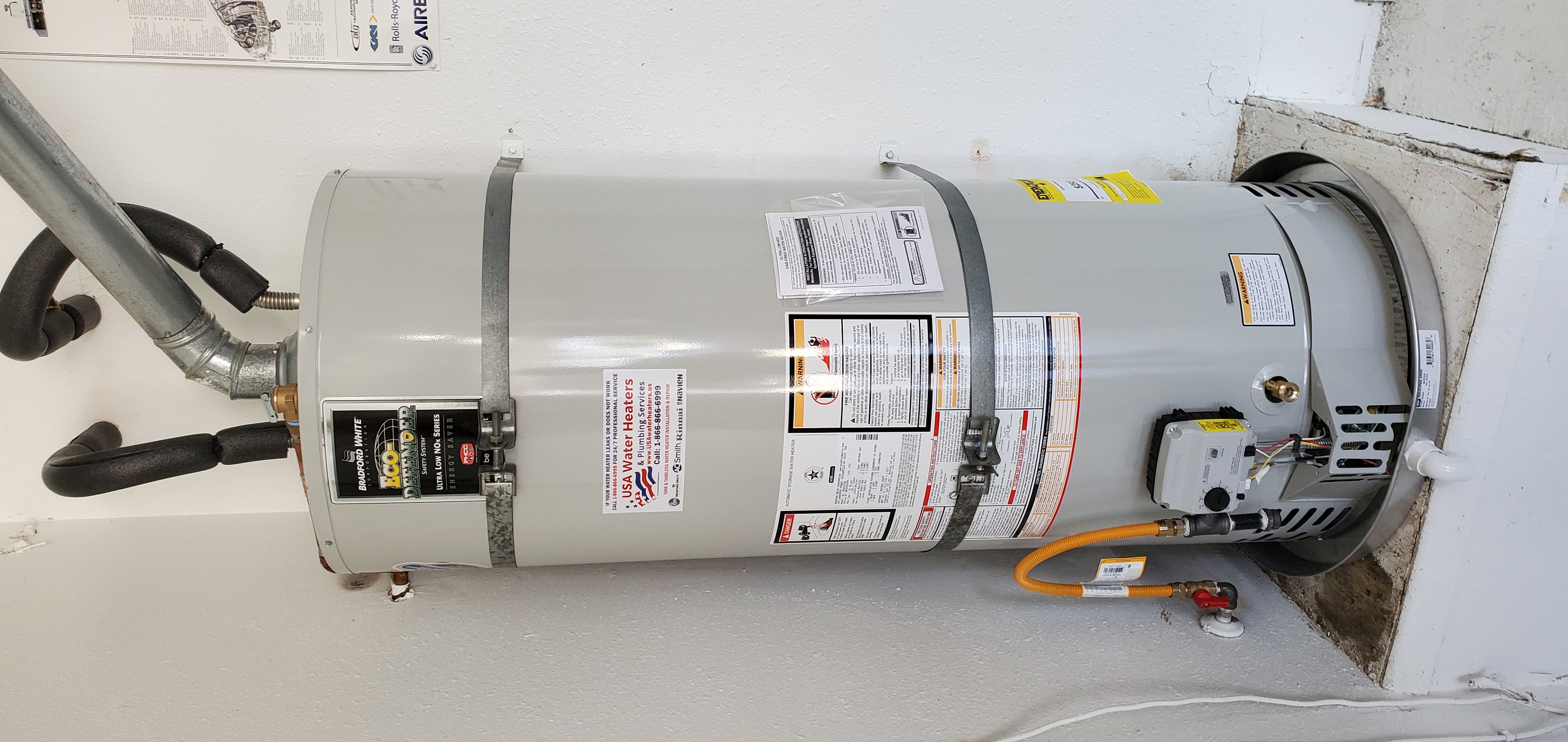Need water heater installation in Buena Park? Trust our professional team
Need water heater installation in Buena Park? Trust our professional team
Blog Article
Do It Yourself Hot Water Heater Setup: Crucial Steps for Success
When thinking about a DIY water heating unit setup, it is necessary to come close to the job with a methodical frame of mind, as the procedure includes several essential actions that can substantially affect both safety and security and performance. Choosing the proper water heater for your particular demands is simply the start; preparing the setup location and recognizing the necessary devices and products are just as essential.
Picking the Right Water Heating Unit
When picking a water heating unit, it is essential to consider numerous essential elements to ensure optimum efficiency and efficiency - water heater installation. Firstly, review the sort of hot water heater that finest suits your requirements. Options consist of tankless, tank, and heatpump water heating units, each offering distinctive advantages in regards to power performance and area needs
A bigger household might need a device with a better gallon ability or a tankless system that can offer constant hot water. Each power kind has implications for installation expenses and long-term power expenditures.
Energy performance is another essential element. By thoroughly examining these elements, you can choose a water heating unit that straightens with your household's particular demands, guaranteeing convenience and effectiveness for years to come.
Devices and Products Needed
Effectively installing a hot water heater requires not only the right choice of system yet additionally the proper devices and materials. Before starting your DIY task, guarantee you have an extensive checklist of items to assist in a smooth installment procedure.
Essential tools include a monkey wrench, adjustable pliers, and a screwdriver collection (both flathead and Phillips), which will help you manage various fittings and connections. In addition, a drill with appropriate bits is required for placing braces or making any type of needed holes. For safety and security, a voltage tester is important, specifically when dealing with electrical water heating systems.
You will certainly additionally need a versatile water supply line, which can be either knotted stainless steel or PVC, depending on your choices and regional codes. By collecting these materials and tools beforehand, you established the phase for a successful water heating system setup.
Getting Ready For Installment
Before beginning the installment of your hot water heater, it is critical to examine the setup site to ensure it satisfies all essential needs. Start by validating that the location is well-ventilated, especially for gas water heating systems, to avoid the accumulation of dangerous gases. Look for the accessibility of necessary links, including water supply lines and electrical outlets, ensuring they remain in great problem and appropriately located.

Additionally, examine the existing plumbing and electric systems to determine if upgrades or fixings are needed prior to setup. This aggressive strategy not just ensures compliance with local building codes yet also improves the durability and efficiency of the hot water heater. Last but not least, collect all needed authorizations, if essential, to prevent lawful difficulties later on. Appropriate prep work establishes the phase for a smooth installment procedure and aids prevent unforeseen concerns.
Step-by-Step Installment Refine
With the preparation full and all required evaluations carried out, the next stage involves the step-by-step setup of your water heating system. Begin by making certain that the new unit is located appropriately, straightening it with the existing pipes and electrical connections. For tank-type hot water heater, link the cold water supply line to the inlet, normally noted in blue, and the warm water line to the electrical outlet, normally designated in red. Use Teflon tape on threaded joints to avoid leaks (water heater installation Buena Park).
Following, protect the temperature level and stress safety valve, which is essential for safety. Attach the discharge pipeline to this valve, guiding it in the direction of the floor or an ideal drainage area. For electrical versions, link the power supply by removing the cables and safeguarding them to the heating unit's terminals according to the producer's directions.
If you are mounting a gas water heating unit, make certain the gas line is linked correctly and look for leakages making use of a soap option. Nevertheless connections are made, fill up the storage tank with water prior to transforming on the power or gas supply. Permit the water heating system to get to the desired temperature and check for any leaks around all connections.
Ensuring Safety And Security and Performance
Regularly ensuring safety and security and effectiveness during the installment and procedure of your hot water heater is crucial for optimal performance and long life. Begin by selecting an ideal location that adheres to local building regulations and supplies appropriate air flow. Make sure that the area is without flammable products and has adequate room for maintenance and inspections.

After setup, conduct normal look at the unit to detect leakages, corrosion, or unusual sounds. Set the thermostat to Get the facts a safe temperature, normally around 120 ° F, to avoid hot and improve energy effectiveness. Insulate pipelines to lower warmth loss, which adds to reduce energy costs.
Final Thought
In conclusion, effective DIY hot water heater setup depends upon careful planning and implementation. Choosing the ideal water heating system, preparing the setup location, and adhering to a systematic setup procedure are vital steps. Abiding by safety and security standards throughout Bonuses the setup ensures both safety and efficiency. Additionally, routine maintenance checks post-installation will contribute to the ideal performance of the water heating system, inevitably enhancing the durability and effectiveness of the system. Correctly establishing the thermostat further guarantees risk-free operation.
When taking into consideration a DIY water heating system setup, it is vital to approach the task with a methodical attitude, as the procedure entails a number of essential actions that can substantially affect both safety and efficiency.Before starting the installation of your water heater, it is critical to evaluate the installment site to guarantee it meets all essential needs. For tank-type water heaters, connect the chilly water supply line to the inlet, generally marked in blue, and the hot water line to the electrical outlet, typically marked in red.Frequently ensuring security and efficiency throughout the installment and operation of your water heating system is important for optimal performance and longevity. Picking the proper water heating system, preparing the installment location, and Your Domain Name following a systematic installation procedure are vital actions.
Report this page